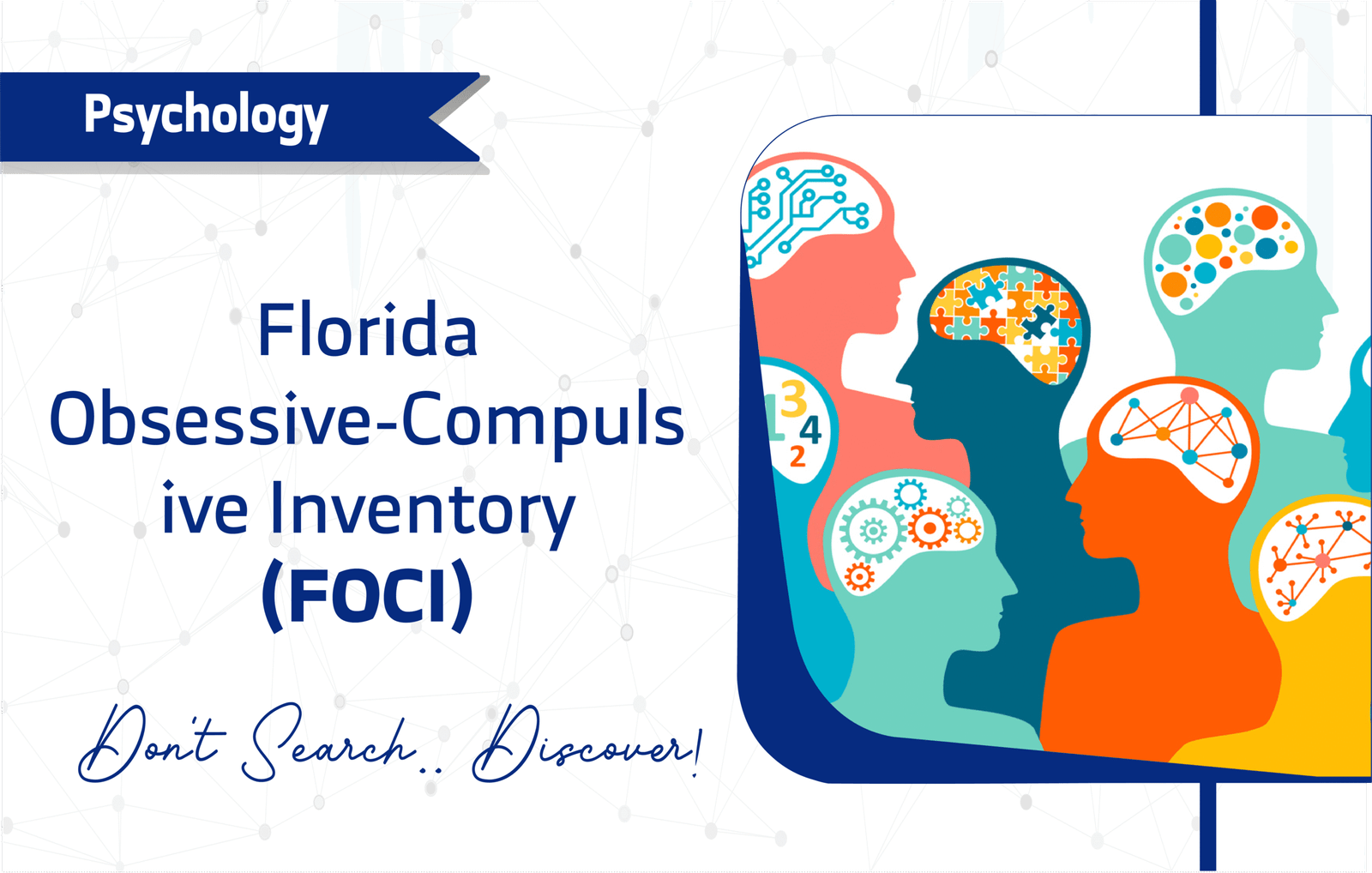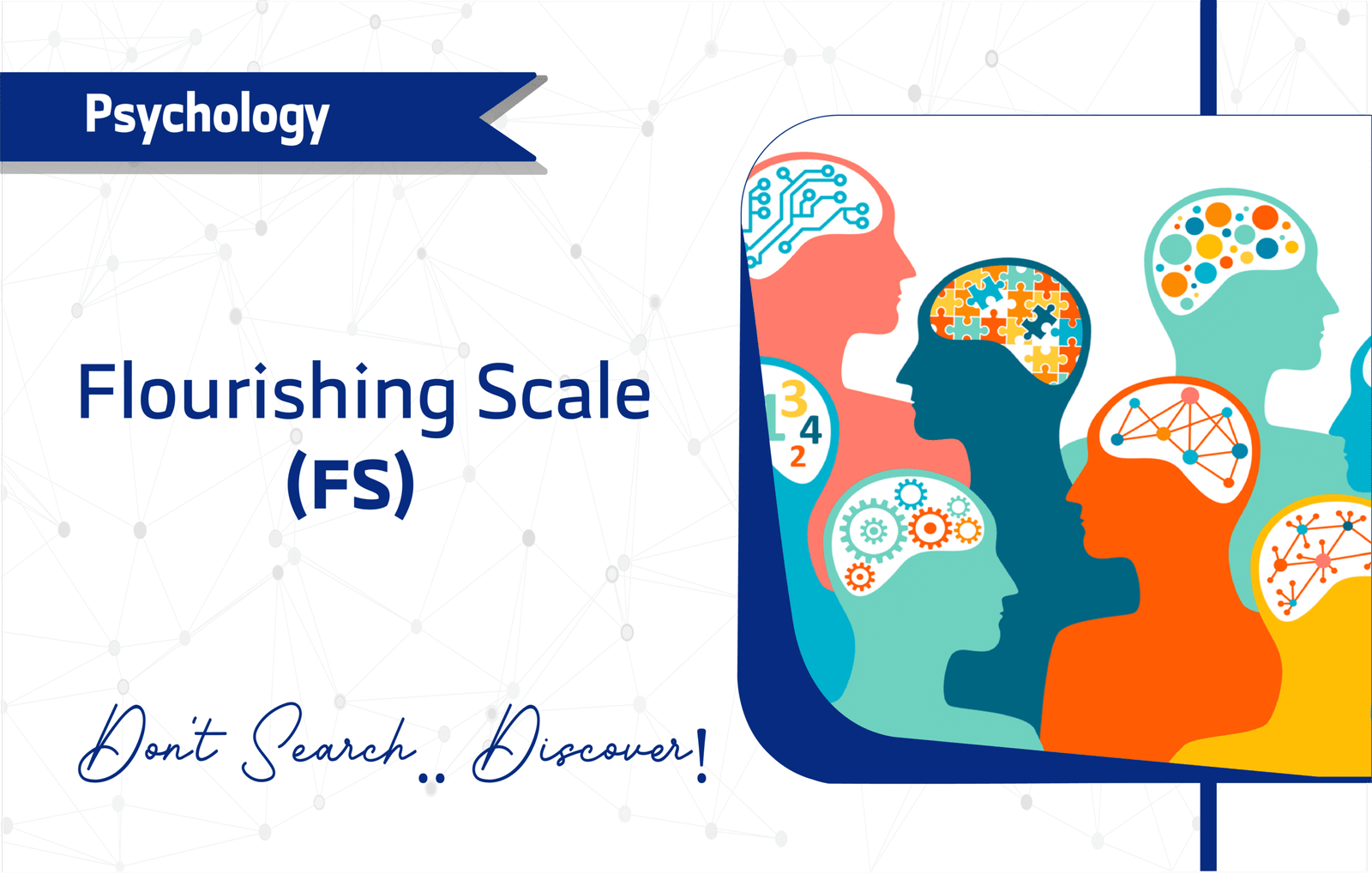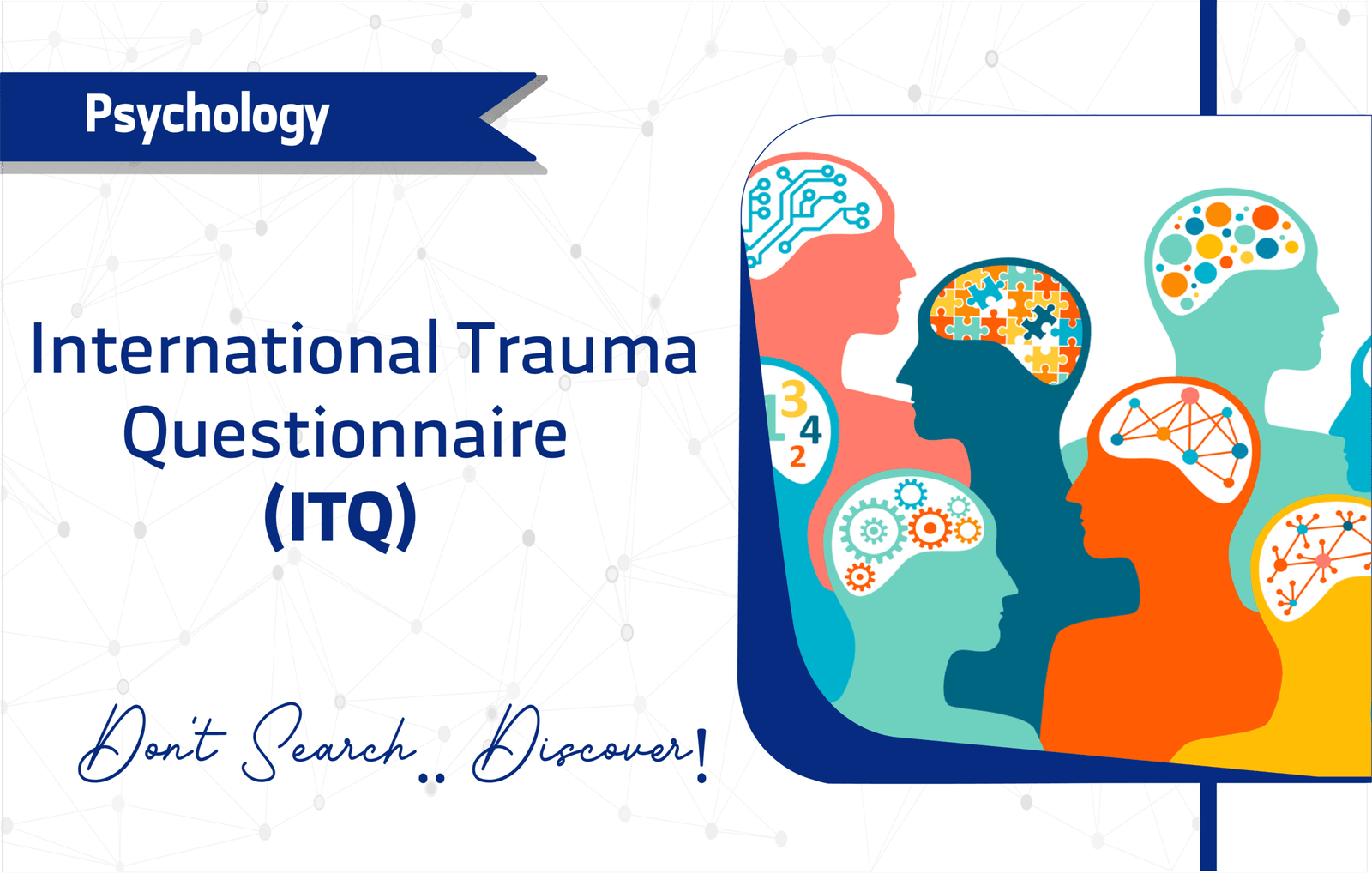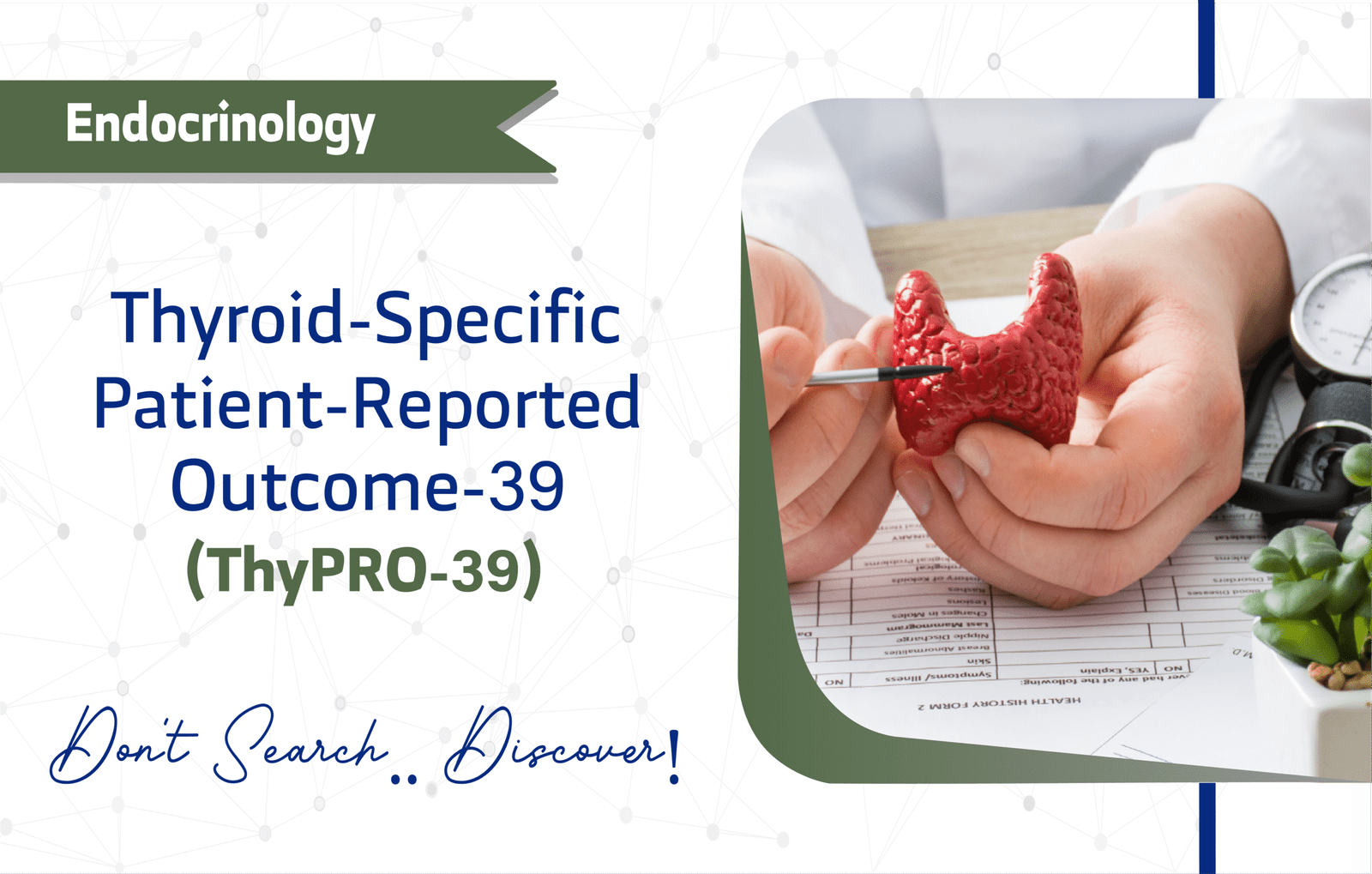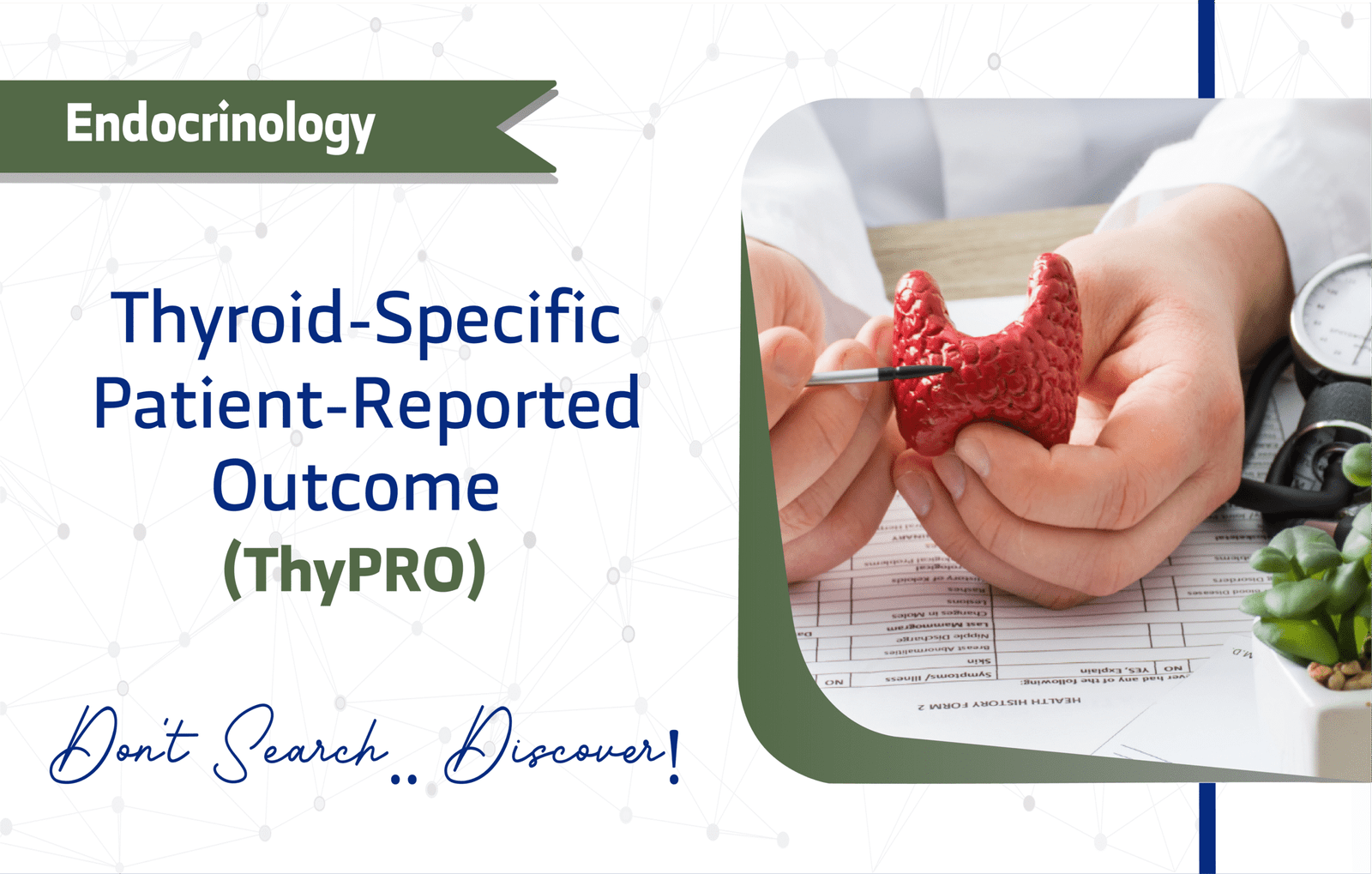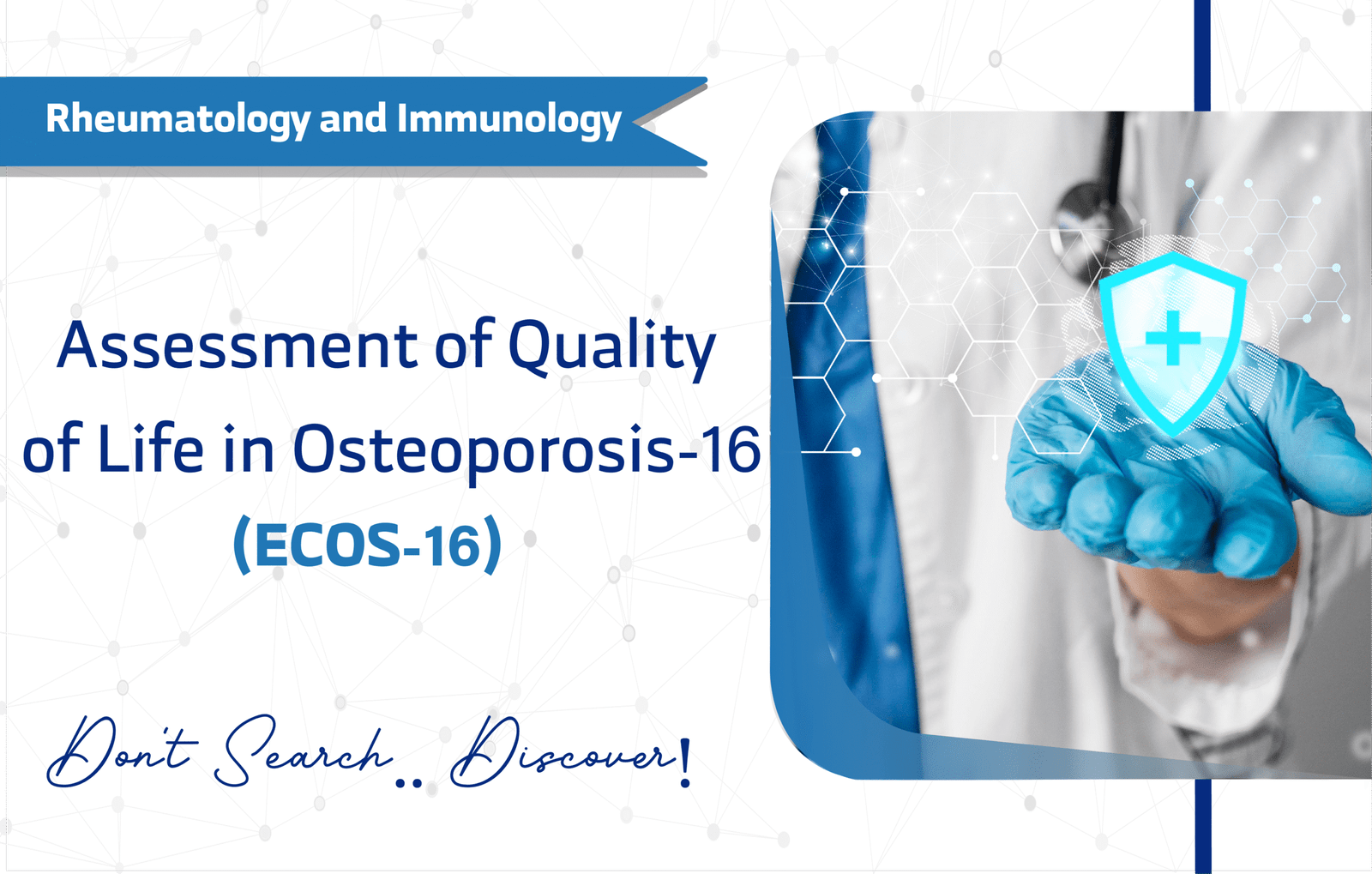Introduction
The Florida Obsessive-Compulsive Inventory (FOCI) is a pivotal instrument in psychological assessment, first introduced in 2007 by Eric A. Storch and his colleagues. It was specifically designed to offer a brief yet comprehensive self-report measure for the screening, assessment, and monitoring of obsessive-compulsive disorder (OCD) symptoms. Over the years, its practical and effective two-part approach has led to its widespread adoption in both clinical practice and research. Consequently, the tool has accumulated over 200 citations on Google Scholar, which underscores its significant impact and reliability.
Therefore, this article delves into the Florida Obsessive-Compulsive Inventory’s features, applications, and clinical value in OCD assessment. Furthermore, we aim to provide researchers and clinicians with actionable insights to enhance patient evaluation in clinical populations with suspected or diagnosed OCD.
Key Features of the Florida Obsessive-Compulsive Inventory (FOCI)
Purpose and Use
The primary purpose of the Florida Obsessive-Compulsive Inventory is to assess both the presence and severity of common obsessive-compulsive symptoms. For example, clinicians use it extensively for initial screening, to monitor patient progress throughout treatment, and to inform treatment planning. In addition, researchers depend on the FOCI as a key outcome measure in studies focusing on OCD. Its focus on tangible symptoms makes it an indispensable tool for developing effective therapeutic strategies.
Target Population
Developers validated the original FOCI primarily for adult aged 18 and older, including:
- Young Adults (18–24 years)
- Middle-Aged Adults (25–44 years)
- Older Adults (45–64 years)
- Seniors (65+ years)
It is particularly prevalent in the assessment of clinical populations with suspected or diagnosed OCD. However, for younger individuals, a specific version called the Children’s Florida Obsessive-Compulsive Inventory (C-FOCI) was developed.
Structure
The FOCI is a 25-item scale thoughtfully divided into two parts to evaluate obsessive-compulsive symptoms. The questions cover the sub-domains of Obsessive-Compulsive behaviors and their impact on quality of life.
Symptom Checklist (Part A): This section contains 20 yes/no questions which identify the presence of common OCD symptoms. The specific symptoms assessed include:
- Obsessions about contamination, germs, and illness.
- Concerns about order, symmetry, and exactness.
- Intrusive religious or sexual thoughts.
- Fears about harm to self or others.
- Worries about losing valuable items.
- Compulsive checking, washing, and cleaning behaviors.
- Counting, arranging, and repeating rituals.
- Need for reassurance and confessing.
Severity Scale (Part B): This part features 5 questions rated on a 5-point Likert scale (0-4). It assesses :
- Time occupied by obsessions and compulsions.
- Interference with functioning.
- Level of distress.
- Resistance against symptoms.
- Control over symptoms.
Scoring Method
The FOCI utilizes a dual scoring method that corresponds to its two-part structure.
- Symptom Checklist (SC) Scoring: The 20 “Yes/No” items in Part A are scored binarily. “Yes” responses are summed to generate a total SC score ranging from 0 to 20, where higher scores indicate a greater number of endorsed OCD symptoms.
- Severity Scale (SS) Scoring: Part B is only completed if a respondent endorses at least one symptom in Part A. Each of the 5 items is rated from 0 (None) to 4 (Extreme), and the scores are summed for a total SS score between 0 and 20. Notably, a total score of 8 or higher on the SS suggests the presence of clinically significant OCD symptoms requiring further assessment.
Administration Format
Administering the Florida Obsessive-Compulsive Inventory is highly efficient, typically taking only 5-10 minutes to complete. Moreover, healthcare teams can administer it through various flexible formats, including:
- Paper-based forms
- Digital (Online) platforms
- In-person interviews
Although it is straightforward enough to be self-administered without special training, a basic understanding of the tool ensures consistent and accurate scoring.
Applications of Florida Obsessive-Compulsive Inventory (FOCI)
The FOCI is a versatile tool with several key applications in both clinical practice and research settings:
- Screening: It quickly and effectively identifies individuals who may have OCD and require a more thorough diagnostic evaluation.
- Monitoring: Clinicians can track a patient’s symptom severity and response to treatment over time.
- Treatment Planning: The detailed symptom checklist helps professionals tailor therapeutic interventions to a patient’s specific obsessions and compulsions.
- Research: It serves as a reliable and valid outcome measure for studies evaluating the efficacy of interventions for OCD.
Languages and availability
To support its global application, the Florida Obsessive-Compulsive Inventory has been translated and validated in multiple languages. This multilingual accessibility significantly enhances its value in diverse clinical and research contexts. Available languages include:
- English
- Mandarin Chinese
- Spanish (with C-FOCI)
- Thai
Notably, the questionnaire was developed at the University of Florida and published by John Wiley & Sons, Inc. It is generally considered free for use, though permission may be required for research purposes.
Reliability and Validity
The Florida Obsessive-Compulsive Inventory is a highly reliable and valid instrument for OCD assessment. Its psychometric strength is supported by a strong Cronbach’s alpha of 0.89, which indicates excellent internal consistency. Furthermore, numerous validation studies have confirmed its robustness across various patient populations and settings, cementing its status as a trusted measure.
- The original Validation study link.
Limitations and Considerations
Despite its many strengths, the FOCI has a few limitations to consider:
- Self-report measure: Because it relies on self-reporting, responses can be influenced by a patient’s subjective perception, recall bias, or social desirability.
- Cultural Bias: The definitions and interpretations of certain obsessive or compulsive symptoms may not translate perfectly across all cultural contexts.
- Language Barriers: Although translated into several languages, its availability is not universal, which may pose a barrier in some multicultural settings.
Other Versions And Related Questionnaires
It is useful for researchers to be aware of other versions of this scale, such as:
- The Children’s Florida Obsessive-Compulsive Inventory (C-FOCI): for younger populations.
Additionally, the FOCI is often used in a broader assessment context alongside other established questionnaires like the:
- Yale-Brown Obsessive Compulsive Scale (Y-BOCS)
- Obsessive-Compulsive Inventory-Revised (OCI-R)
- Dimensional Obsessive-Compulsive Scale (DOCS)
Additional Resources
- A direct link to the Original Validation Study
- You can access the questionnaire as a PDF through this link.
- For inquiries, contact Professor Eric A. Storch, the first author of the questionnaire, at estorch@psychiatry.ufl.edu.
- For additional resources, consult the Journal of Clinical Psychology.
Frequently Asked Questions (FAQ)
- Who can use the Florida Obsessive-Compulsive Inventory?
Clinicians, researchers, and other healthcare providers use the FOCI for adults (18 and over) in settings focused on identifying and managing OCD. A separate version, the C-FOCI, is available for children and adolescents. - How long does it take to complete the FOCI?
Patients and clinicians can typically complete the assessment in 5 to 10 minutes, making it highly practical for busy clinical and research environments.
- How is the FOCI administered?
Healthcare teams can administer the questionnaire via paper-based forms, digital online platforms, or through an in-person interview format.
- Is there any cost to using the FOCI?
The FOCI is generally free to use; however, permission is recommended for research applications.
A word from ResRef about Florida Obsessive-Compulsive Inventory (FOCI)
The Florida Obsessive-Compulsive Inventory (FOCI) represents a significant advancement in the efficient assessment of OCD symptoms. Its brevity, strong psychometric properties, and dual focus on both symptom presence and severity make it particularly valuable in clinical settings.Ultimately, the development of adaptations for different age groups and languages demonstrates its ongoing relevance and applicability in diverse populations.
References
- Storch, E.A., Bagner, D., Merlo, L.J., Shapira, N.A., Geffken, G.R., Murphy, T.K. and Goodman, W.K. (2007), Florida obsessive-compulsive inventory: Development, reliability, and validity. J. Clin. Psychol., 63: 851-859. link
- Mirela A. Aldea, Gary R. Geffken, Marni L. Jacob, Wayne K. Goodman, Eric A. Storch,Further psychometric analysis of the Florida Obsessive-Compulsive Inventory,Journal of Anxiety Disorders,Volume 23, Issue 1,2009,Pages 124-129,ISSN 0887-6185, link.
- Saipanish, Ratana, Hiranyatheb, Thanita, Lotrakul, Manote, Reliability and Validity of the Thai Version of the Florida Obsessive-Compulsive Inventory, The Scientific World Journal, 2015, 240787, 7 pages, 2015. Link.
- Xuan Cao, Rui Gao, Ying Liu, Yuxin Zhou, Jianyu Wang, Yongjun Chen, Zhen Wang, Andrew G. Guzick, Wayne K. Goodman, Eric A. Storch, Qing Fan,The reliability and validity of the Florida Obsessive-Compulsive Inventory in a Chinese clinical sample,Journal of Obsessive-Compulsive and Related Disorders,Volume 28,2021,100623, ISSN 2211-3649, link.
- Storch, E.A., Khanna, M., Merlo, L.J. et al.Children’s Florida Obsessive Compulsive Inventory: Psychometric Properties and Feasibility of a Self-Report Measure of Obsessive–Compulsive Symptoms in Youth. Child Psychiatry Hum Dev 40, 467–483 (2009). Link.


